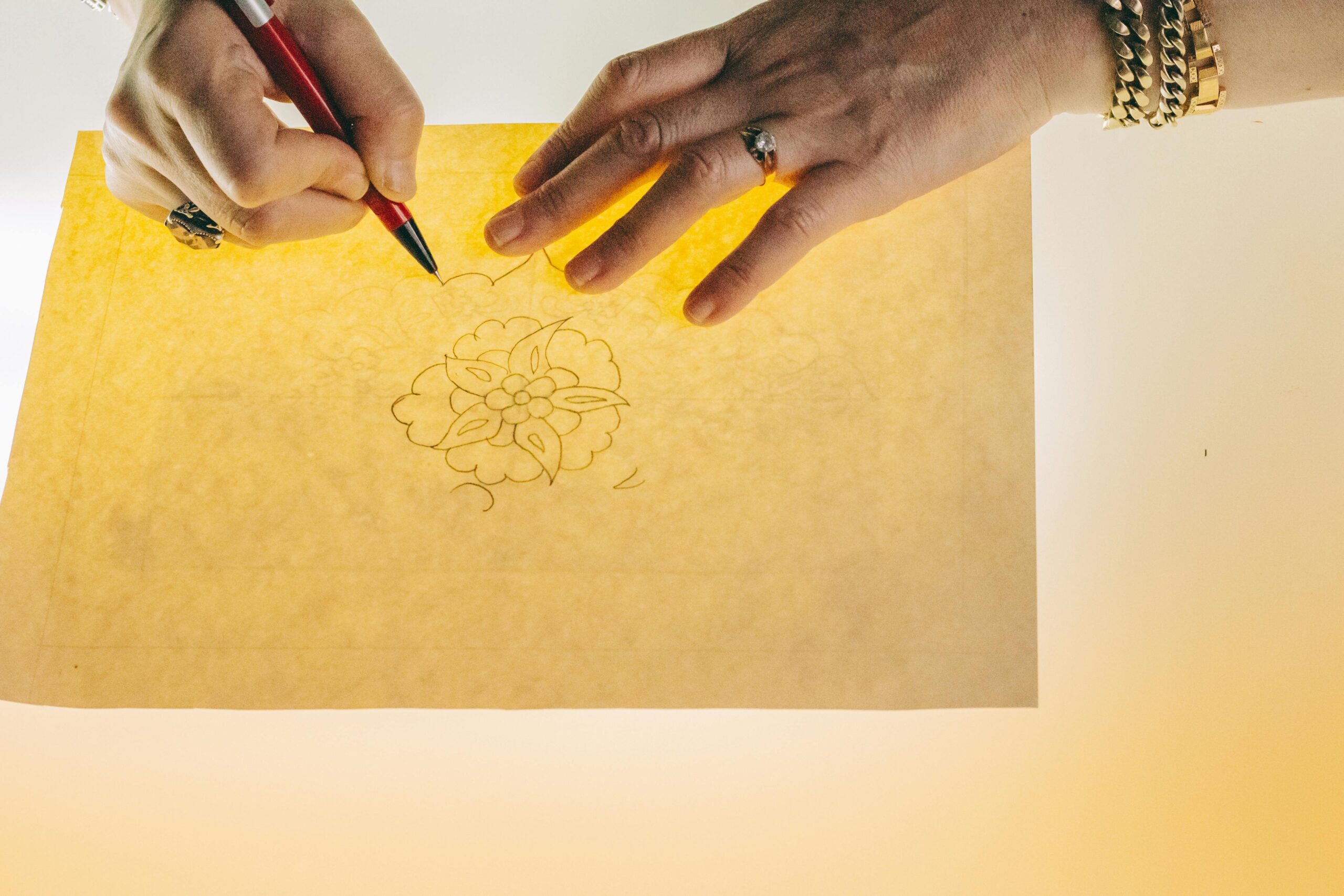10 Essential Strategies for Social Media Success in the Arts at Rutgers
A comprehensive guide to help Rutgers arts students harness social media for creative expression and career growth.

Introduction
Imagine you have a magic paintbrush that lets you share your art with the whole world. For Rutgers arts students, social media is that magic tool—it helps you showcase your creativity, connect with fellow artists, and even land exciting opportunities. But how do you use this tool effectively? In this guide, we reveal 10 essential strategies to achieve social media success in the arts at Rutgers. Drawing on real-life examples from community discussions on Reddit, helpful flashcards from Quizlet, and insights from the Facebook page “Social Media for the Arts,” we’ll show you step-by-step how to build a vibrant online presence.
1. Define Your Artistic Brand
What It Means:
Your artistic brand is like your personal signature—it tells the world who you are and what your art represents. Decide on a unique style, theme, or message that reflects your creative identity.
Example:
If you love bold, abstract art, make sure your social media profiles, posts, and even your bio showcase that style consistently.
Tip:
Spend some time brainstorming and write down three words that best describe your art. Use these words in your posts and hashtags.
2. Choose the Right Platforms
What It Means:
Not every social media platform works the same way. Some are perfect for sharing images, while others are better for videos or written content.
Example:
Instagram and Pinterest are great for visual art, while YouTube is ideal for sharing behind-the-scenes videos or tutorials.
Tip:
Research which platforms your target audience frequents—engage with art communities on Instagram and join relevant groups on Facebook, like those discussed on the “Social Media for the Arts” Facebook page.
3. Create Engaging, High-Quality Content
What It Means:
Content is your artwork displayed online. Post high-quality images, engaging videos, or even time-lapse recordings of your creative process to captivate your audience.
Example:
A Rutgers student might share a video of their mural painting process, accompanied by captions explaining the inspiration behind each stroke.
Recommended Resource:
Check out Quizlet flashcards on social media for the arts for ideas on content creation.
4. Be Consistent and Stay Active
What It Means:
Regular posting is like watering a plant—it helps your online presence grow. Consistency builds familiarity and trust with your followers.
Example:
Set a schedule (e.g., post three times a week) and use scheduling tools to ensure you always have fresh content. Consistency was a hot topic on Reddit discussions among Rutgers students.
Tip:
Use free tools like Buffer or Hootsuite to plan and schedule your posts.
5. Engage with Your Audience
What It Means:
Social media is a conversation, not a monologue. Respond to comments, ask questions, and encourage followers to share their thoughts.
Example:
After posting a new piece of art, ask your followers what part of the process they found most interesting. This turns a simple post into an engaging dialogue.
Quote:
“Social media is about the people! Not about your business. Provide for the people and the people will provide you.” — Matt Goulart
6. Use Hashtags and Keywords Wisely
What It Means:
Hashtags help others find your work. Use relevant, trending hashtags related to art, creativity, and Rutgers to reach a wider audience.
Example:
Include hashtags like #RutgersArt, #CreativeRutgers, #ArtisticJourney, and #DigitalArt.
Tip:
Look at similar profiles (for instance, those featured on the “Social Media for the Arts” Facebook page) to see which hashtags work best.
7. Tell Your Story
What It Means:
Your journey as an artist is unique and inspiring. Share your creative process, challenges, and successes. Personal stories make your posts relatable and memorable.
Real-Life Story:
One Rutgers student shared how overcoming self-doubt led to a breakthrough in their art. Their honest posts not only attracted followers but also encouraged others to pursue their creative dreams.
Tip:
Keep your language simple and heartfelt—imagine explaining your art to a friend or even a young child.
8. Collaborate with Others
What It Means:
Collaborating with fellow artists and influencers expands your reach. It’s like having a team of friends helping you show your art to even more people.
Example:
Partner with another Rutgers artist for a joint project or feature guest posts on each other’s profiles.
Recommended Resource:
Look for local art events and groups on platforms like Facebook or LinkedIn to find collaboration opportunities.
9. Analyze and Adapt
What It Means:
Use analytics to see which posts perform best. Data tells you what your audience loves so you can adapt your strategy accordingly.
Example:
If a post featuring a time-lapse of your work gets lots of likes and comments, consider making more videos like that.
Tip:
Use built-in analytics on Instagram or Facebook Insights to track engagement.
10. Keep Learning and Evolving
What It Means:
The digital world changes fast. Stay updated with new trends, tools, and strategies to keep your social media presence fresh and effective.
Recommended Courses and Resources:
- Online Course: Social Media Marketing Specialization on Coursera – Learn advanced strategies to boost your digital presence.
- Book: “Jab, Jab, Jab, Right Hook” by Gary Vaynerchuk – A practical guide on crafting social media content that engages.
Learn more on Amazon - YouTube Video: “Social Media for the Arts: How to Stand Out” – Offers tips and examples specifically for creative professionals.
Conclusion
Social media is a powerful tool for Rutgers arts students—it’s like a magic paintbrush that can help you share your creativity with the world. By defining your brand, choosing the right platforms, creating engaging content, staying consistent, and actively engaging with your audience, you can build a strong online presence that opens doors to opportunities and success.
Final Thought:
Think of social media as a big, colorful playground where your art shines. With the right tools and a little creativity, you can inspire others and turn your passion into a vibrant community.


I don’t think the title of your article matches the content lol. Just kidding, mainly because I had some doubts after reading the article.
Thank you for your sharing. I am worried that I lack creative ideas. It is your article that makes me full of hope. Thank you. But, I have a question, can you help me?
Can you be more specific about the content of your article? After reading it, I still have some doubts. Hope you can help me.